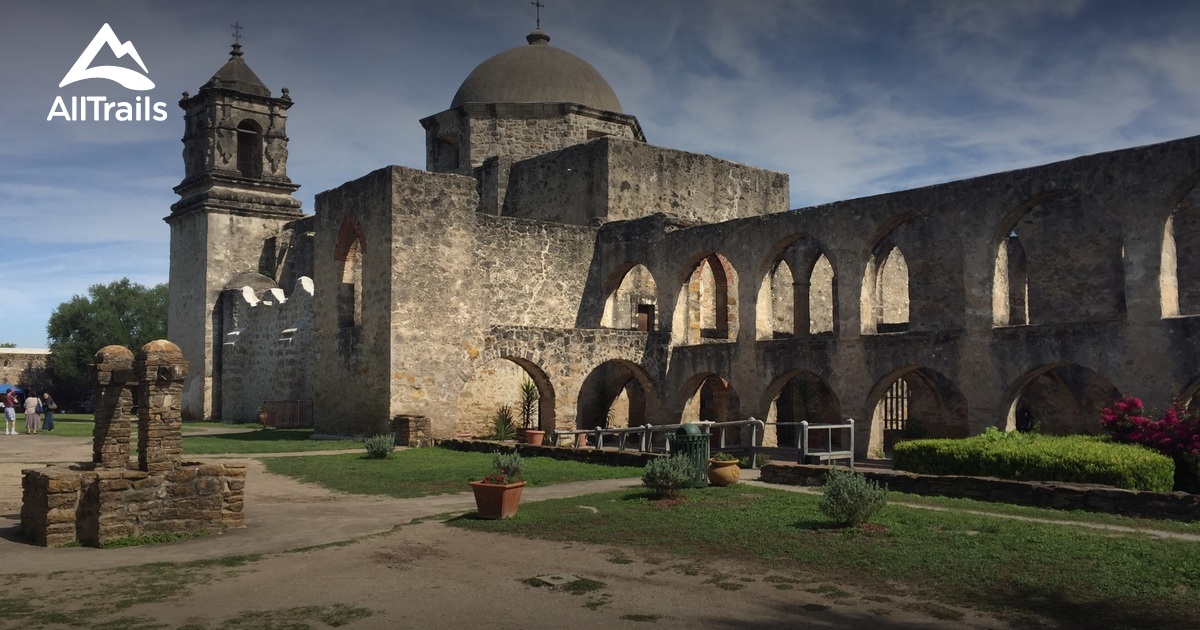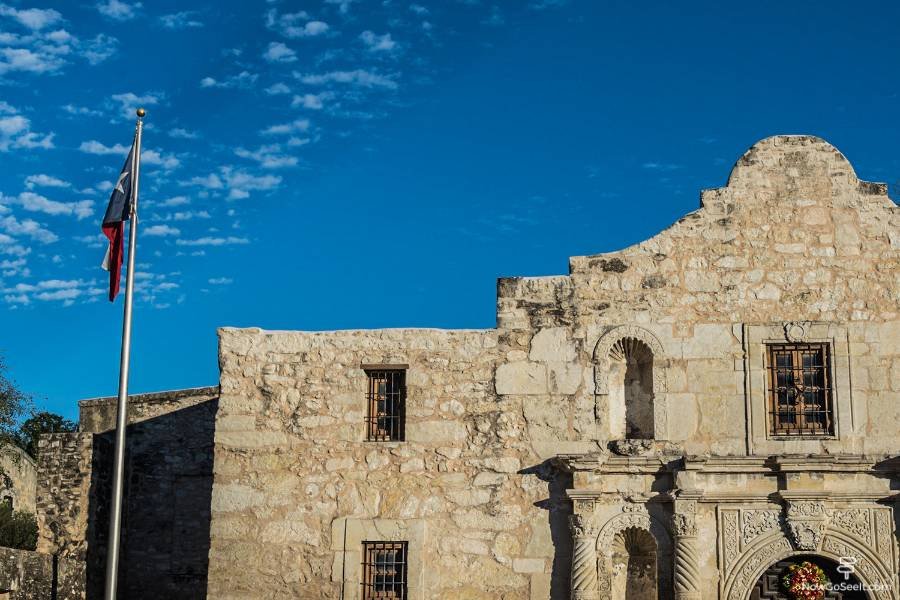Get Your San Antonio Missions National Historical Park Tickets: Strategy Your Check Out Today
Get Your San Antonio Missions National Historical Park Tickets: Strategy Your Check Out Today
Blog Article
Discover the Rich History of San Antonio Missions National Historic Park: a Comprehensive Guide to Its Cultural Relevance and Conservation Efforts
San Antonio Missions National Historic Park stands as a testament to a bygone age, enveloping an abundant tapestry of background and social importance. As we embark on a journey via the historic background of these goals, we uncover building wonders that have endured the test of time. Nevertheless, beyond the mere physical frameworks, each objective, especially Goal Espada, carries a profound social weight that resonates deeply with those who discover its premises. More delving into the preservation efforts and challenges faced by the park reveals a complicated interplay between community, conservation, and history engagement. The story of San Antonio Missions National Historic Park is not simply regarding the past; it is a living narrative that remains to unfold, welcoming us to contemplate its long-lasting heritage and the recurring initiatives to guard its heritage.
Historic Background of San Antonio Missions
The roots of the historic background of the San Antonio Missions run deep, intertwining Spanish early american impact with native societies in the South Texas region. Developed in the early 18th century, these missions were established by Franciscan friars with the objective of spreading Christianity and converting the local indigenous populaces. San Antonio Missions National Historical Park history. The Spanish Crown supported these goals as a way of strengthening control over the territory and expanding their influence in the New World
The Spanish promoters played a significant duty fit the social landscape of the region, presenting new farming techniques, design, and religious methods. The native areas, such as the Coahuiltecans and other tribes, engaged with the Spanish settlers, resulting in a blending of practices and beliefs.
In time, the missions became not just spiritual facilities however additionally economic and social centers, bring in settlers from different backgrounds. Today, the San Antonio Goals stand as a testimony to this intricate history, reflecting the withstanding heritage of Spanish manifest destiny and the resilience of native societies in South Texas.
Building Wonders of the Goals
Having actually laid the structure of cultural exchange in between Aboriginal neighborhoods and spanish promoters, the building wonders of the San Antonio Missions exemplify a mix of European and aboriginal workmanship that remains to captivate visitors. These missions, consisting of Mission San Jose, Objective Concepcion, Mission San Juan, Mission Espada, and the Alamo, showcase unique functions such as luxuriant exteriors, detailed makings, vivid frescoes, and tough rock wall surfaces. The Spanish Colonial style, characterized by curved doorways, bell towers, and spacious courtyards, mirrors an unified combination of Spanish layout elements with indigenous structure techniques.
Each goal within the San Antonio Missions National Historical Park informs a special tale through its design, showing the development of building designs and cultural influences over time. Visitors can wonder at the proficient craftsmanship evident in the detailed stonework, hand-carved wooden doors, and spiritual iconography adorning the interiors. These building work of arts stand as long-lasting testimonies to the long-lasting legacy of the goals and the cultural heritage they stand for.
Social Significance of Objective Espada
With its historic roots deeply intertwined with the indigenous societies of the area, Goal Espada stands as a symbol of cultural resilience and adjustment within the San Antonio Missions National Historical Park. Established in 1690, Goal Espada was developed by Spanish Franciscans as a way to spread Christianity among the Coahuiltecan individuals while also acting as a center for farming and sector. The goal's social relevance lies in its duty as a conference factor in between European and Indigenous American traditions, leading to an one-of-a-kind mix of building designs, religious practices, and farming techniques.
Goal Espada's renowned aqueduct, referred to as "Acequia de Espada," is a testimony to the engineering abilities of both Spanish and aboriginal individuals, showcasing their cooperation in constructing crucial waterways for watering purposes. This harmonious blend of social impacts is additional exhibited in the objective's detailed makings, colorful frescoes, and spiritual ceremonies that proceed to be exercised to this day. As one of the earliest unrestored rock churches in America, Objective Espada stands as a living testimony to the enduring heritage of social exchange and adjustment that defines the San Antonio Missions National Historic Park.
Preservation Challenges and efforts
Preservation in keeping the historical stability of Objective Espada comes across a myriad of intricate difficulties that demand innovative remedies and specialized stewardship. As one of the 5 missions within the San Antonio Missions National Historical Park, Goal Espada encounters preservation concerns originating from ecological elements, metropolitan advancement, and the recurring fight against all-natural degeneration. The fragile equilibrium in between saving the original frameworks and making certain visitor access and safety needs meticulous preparation and implementation.
Initiatives to preserve Goal Espada include a multi-faceted approach that includes routine upkeep, structural evaluations, and preservation jobs. Cooperations in between park authorities, historians, excavators, and regional areas are essential in developing sustainable conservation approaches. Difficulties such as funding constraints, restricted sources, and the requirement for specialized proficiency further make complex conservation initiatives.
Regardless of these difficulties, the commitment to safeguarding Objective Espada's historical value continues to be undeviating. Through continued research study, area involvement, and adaptive preservation techniques, the conservation of Mission Espada stands as a testament to the commitment in the direction of protecting our social heritage for future generations.
Neighborhood Engagement in Park Preservation

One of the key methods the park involves the area is with volunteer possibilities. Neighborhood homeowners can take part in conservation projects, educational programs, and special events, permitting them to add straight to the conservation of the park. This hands-on involvement not just profits the park in regards to added sources and workforce but additionally produces a stronger link between the park and the area itself.
Additionally, the park on a regular basis seeks input from local stakeholders, consisting of neighborhood groups, businesses, and government agencies, to ensure that preservation initiatives align with the demands and values of the surrounding community. By involving with the neighborhood populace in these significant methods, San Antonio Missions National Historic Park cultivates a society of preservation and sustainability that will aid protect this cultural prize for future generations.
Verdict

Past the simple physical structures, each goal, especially Goal Espada, carries a profound cultural weight that resonates deeply with those who explore its premises. These goals, including Goal San Jose, Goal Concepcion, Mission San Juan, Mission Espada, and the Alamo, showcase unique functions such as elaborate exteriors, intricate carvings, vibrant frescoes, and durable rock wall surfaces.With its historical roots deeply linked with the aboriginal cultures of the region, Objective Espada stands as an icon of cultural resilience and adjustment within the San Antonio Missions National Historical Park (San Antonio Missions National Historical Park events). As one of the oldest unrestored stone churches in America, Objective Espada stands as a living testimony to the enduring heritage of social exchange and adaptation that specifies the San Antonio Missions National Historic Park

Please visit one of our local supporters- Brownstone Law Top Appeals Lawyers In San Antonio Texas
Report this page